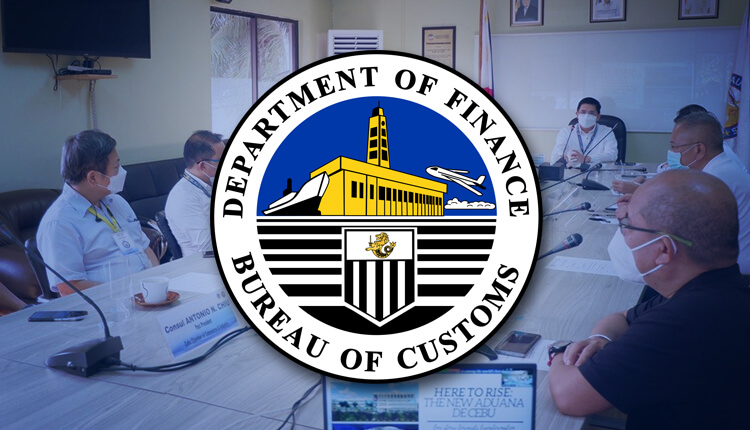BOC to share database on PH smugglers
Intelligence Group claims ‘100 percent improvement’ in risk management
PHILIPPINE-based smuggling groups would very soon find it hard to conduct their illegal activities as the Bureau of Customs (BOC) has started to share its database with other customs agencies worldwide under a project initiated by the World Customs Organization.
In a statement, the BOC announced it is finalizing a ‘Customs Memorandum Order’ (CMO) to be signed by Comm. Rey Leonardo Guerrero, laying down the guidelines on the “utilization of the National Customs Enforcement Network (NCEN) System of the World Customs Organization.”
NCEN is a system developed by the WCO to assist all customs administrations with the collection and storage of law-enforcement information on the national level with the additional capacity to exchange this information at regional and international level.
Under the program, the BOC, thru the ‘Risk Management Office’ (RMO), shall establish the NCEN database and shall also act as the ‘National Contact Point’ (NCP) for the Global CEN aimed at increasing intelligence sharing all over the world.
The CEN database shall include all smuggling cases and related data to help customs authorities in the profiling and risk assessment of shipments.
The RMO, presently headed by Jemky Flor Sacar, is a unit under the Intelligence Group (IG) headed by Deputy Commissioner Raniel Ramiro.
Ramiro said that thus far, 74 percent or 715 out of 971 smuggling incidents foiled by the BOC are already uploaded in the NCEN database.
Ramiro also claimed that thru the many reforms and policy changes they have adopted the BOC has now attained “100 percent improvement” in its ‘risk management system’ thus also greatly increasing their capacity to detect smuggled goods and contrabands.
He added that “substantial improvements” have been made with the ‘Selectivity System’ under the larger ‘Universal Risk Management System’ (URMS).
The Selectivity System is the “color-coding” system adopted by the BOC that classifies a shipment as either “low risk” or “high risk.”
To maintain the RMS’ high mark of achievement, Ramiro added the RMO has also maximized the use of IT capabilities for a more efficient targeting or profiling and the creation of other units such as the Risk Assessment Unit, the Research and Analysis Unit, and the Strategic Assessment Unit.



